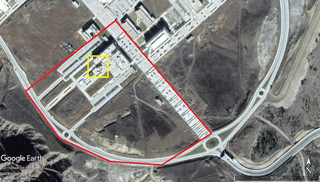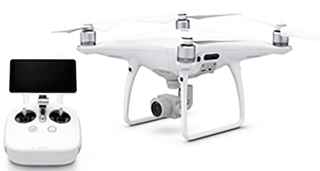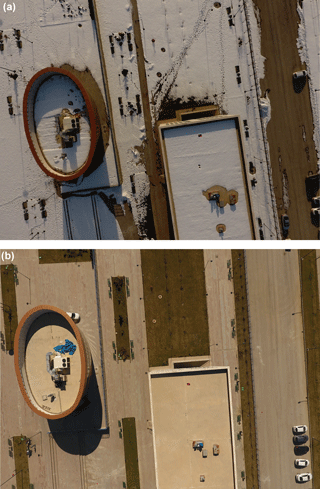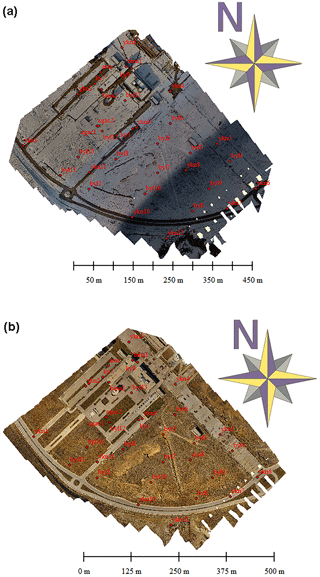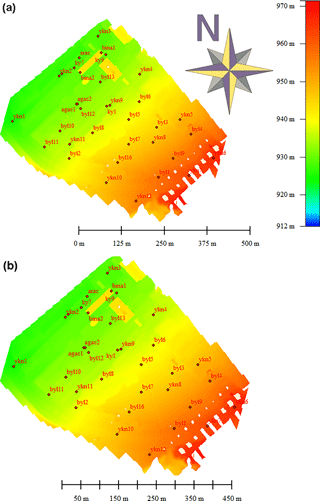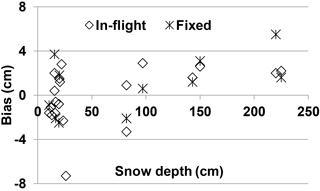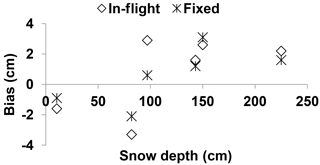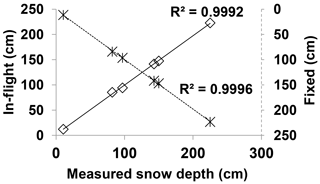Avanzi, F., Bianchi, A., Cina, A., De Michele, C., Maschio, P., Pagliari, D.,
Passoni, D., Pinto, L., Piras, M., and Rossi, L.: Measuring the snowpack
depth with Unmanned Aerial System photogrammetry: comparison with manual
probing and a 3D laser scanning over a sample plot, The Cryosphere Discuss.,
https://doi.org/10.5194/tc-2017-57, 2017.
Barnett, T. P., Adam, J. C., and Lettenmaier, D. P.: Potential impacts of a warming
climate on water availability in snow-dominated regions, Nature, 438,
303–309, 2005
Bühler, Y., Adams, M. S., Bösch, R., and Stoffel, A.: Mapping snow depth in
alpine terrain with unmanned aerial systems (UASs): potential and
limitations, The Cryosphere, 10, 1075–1088,
https://doi.org/10.5194/tc-10-1075-2016, 2016.
Colomina, I. and Molina, P.: Unmanned aerial systems for photogrammetry and
remote sensing: A review, ISPRS J. Photogramm., 92, 79–97, 2014
De Michele, C., Avanzi, F., Passoni, D., Barzaghi, R., Pinto, L., Dosso, P.,
Ghezzi, A., Gianatti, R., and Della Vedova, G.: Using a fixed-wing UAS to map
snow depth distribution: an evaluation at peak accumulation, The Cryosphere,
10, 511–522, https://doi.org/10.5194/tc-10-511-2016, 2016.
Erxleben, J., Elder, K., and Davis, R. M.: Comparison of spatial interpolation
methods for estimating snow distribution in the Colorado Rocky Mountains,
Hydrol. Process., 16, 3627–3649, 2002.
Harder, P., Schirmer, M., Pomeroy, J., and Helgason, W.: Accuracy of snow
depth estimation in mountain and prairie environments by an unmanned aerial
vehicle, The Cryosphere, 10, 2559–2571,
https://doi.org/10.5194/tc-10-2559-2016, 2016.
Manyoky, M., Theiler, P., Steudler, D., and Eisenbeiss, H.: Unmanned aerial vehicle
in cadastral applications, Int. Arch. Photogramm. Remote Sens. Spatial Inf.
Sci. XXXVIII-1/C22, 57-62, 2011
Nolan, M., Larsen, C., and Sturm, M.: Mapping snow depth from manned aircraft
on landscape scales at centimeter resolution using structure-from-motion
photogrammetry, The Cryosphere, 9, 1445–1463, https://doi.org/10.5194/tc-9-1445-2015, 2015.
Papa, F., Legresy, B., Mognard, N. M., Josberger, E. G., and Remy, F.: Estimating
terrestrial snow depth with the Topex-Poseidon altimeter and radiometer,
IEEE T. Geosci. Remote Sens., 40, 2162–2169, https://doi.org/10.1109/Tgrs.2002.802463,
2002.
Rinaudo, F., Chiabrando, F., Lingua, A., and Spanò, A. T.: Archaeological Site
Monitoring: UAV Photogrammetry Can Be An Answer, in: International Archives
Of The Photogrammetry, Remote Sensing And Spatial Information Sciences, Vol.
XXXIX N. B5, 583-588, ISSN 1682,1750, 2012
Robinson, D. A., Dewey, K. F., and Heim, R. R.: Global snow cover monitoring: an
update, B. Am. Meteorol. Soc., 74, 1689–1696,
https://doi.org/10.1175/1520-0477(1993)074<1689:GSCMAU>2.0.CO;2, 1993.
Vander Jagt, V. B., Lucieer, A., Wallace, L., Turner, D., and Durand, M.: Snow Depth
Retrieval with UAS Using Photogrammetric Techniques, Geosciences, 5,
264–285, https://doi.org/10.3390/geosciences5030264, 2015.
Westoby, M., Brasington, J., Glasser, N., Hambrey, M., and Reynolds, J.:
Structure-from-Motion'photogrammetry: A lowcost, effective tool for
geoscience applications, Geomorphology, 179, 300–314, 2012.
Zarco-Tejada, P. J., González-Dugo, V., and Berni, J. A. J.: Fluorescence,
temperature and narrow-band indices acquired from a UAV platform for water
stress detection using a micro-hyperspectral imager and a thermal camera,
Remote Sens. Environ., 117, 322–337, 2012.






